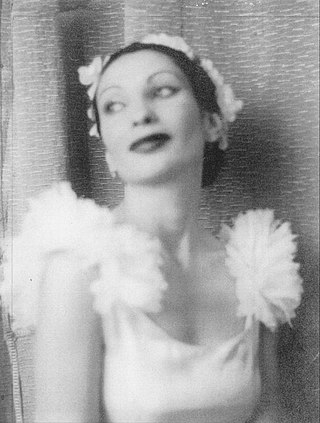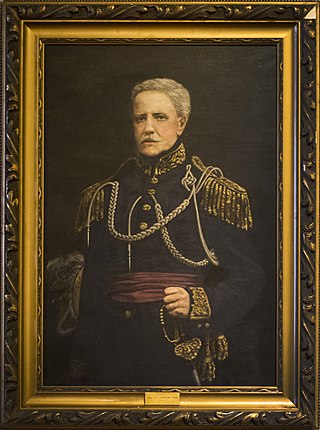
Gaucho literature, also known as gauchesco ("gauchoesque") genre was a literary movement purporting to use the language of the gauchos, comparable to the American cowboy, and reflecting their mentality. Although earlier works have been identified as gauchoesque, the movement particularly thrived from the 1870s to 1920s in Argentina, Uruguay and southern Brazil after which the movement petered out, although some works continued to be written. Gauchoesque works continue to be read and studied as a significant part of Argentine literary history.

Ángel A. Rama was a Uruguayan writer, academic, and literary critic, known for his work on modernismo and for his theorization of the concept of "transculturation."

Ida Vitale is a Uruguayan poet, translator, essayist, lecturer and literary critic.

Leonardo Garet is a Uruguayan writer, teacher, and member of the National Academy of Uruguay.
Aurelio Lucchini was a Uruguayan architect and architectural historian.

Lisa Block de Behar is an Uruguayan professor of Linguistics and researcher in Literary Theory, Comparative Literature and Communication media.
Adolfo Esteban Elizaincín Eichenberger is a Uruguayan scholar and linguist.

Flor de María Rodríguez was a Uruguayan ballet dancer and choreographer who, together with her husband, Lauro Ayestarán, researched and revived Uruguay's folk dances.
Alberto Soriano was an Argentine composer and ethnomusicologist. He was born in Santiago del Estero.
Daniel Vidart was a Uruguayan anthropologist, writer, historian, and essayist.
Juan Manuel Canaveris (1804-1868) was an Argentine jurist and politician, who served in Buenos Aires and Montevideo as attorney, teacher and military man. He participated of the escort of honor in the funerals of Manuel Dorrego, and collaborated in the early days of government of Juan Manuel de Rosas.

Ángel Canaveris was an Argentine pediatrician and psychiatrist, who had a preponderant role in the beginnings of Uruguayan Medicine. He served in Montevideo as general director of the Hospital Vilardebó and Hospital Maciel.
Coriún Aharonián was an Uruguayan composer and musicologist of Armenian ethnicity.

José Brito del Pino (1797–1877) was a Uruguayan soldier and patriot, who participated in the Argentine War of Independence, the Cisplatine War and the Uruguayan Civil War. He was one of the founding members of the Partido Nacional Uruguayo.
María de Montserrat Albareda was a Uruguayan writer who was a member of Generación del 45.

Cecilia Vignolo is a Uruguayan visual artist, teacher, and communicator.
Mercedes Rein was a Uruguayan writer, translator, and dramatist.
Orfila Bardesio was a Uruguayan poet and educator.
Gerardo Caetano Hargain is a Uruguayan historian, professor, political scientist, and former association football player.









